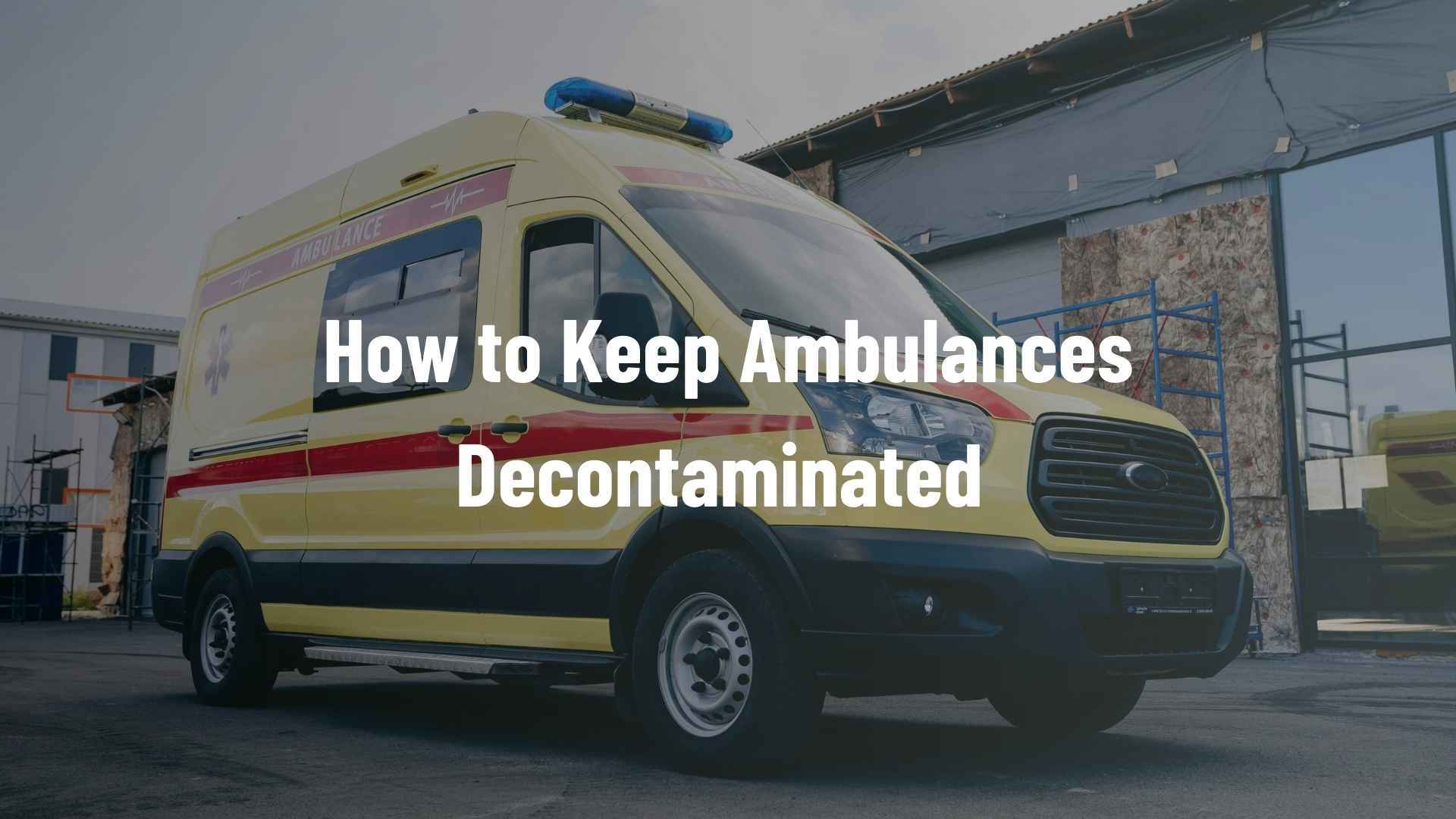2 min read
New Benchmark for Food Safety - an Egypt Case Study
.jpg) Mohammad Fawzi
:
25 Sep, 2025
Mohammad Fawzi
:
25 Sep, 2025
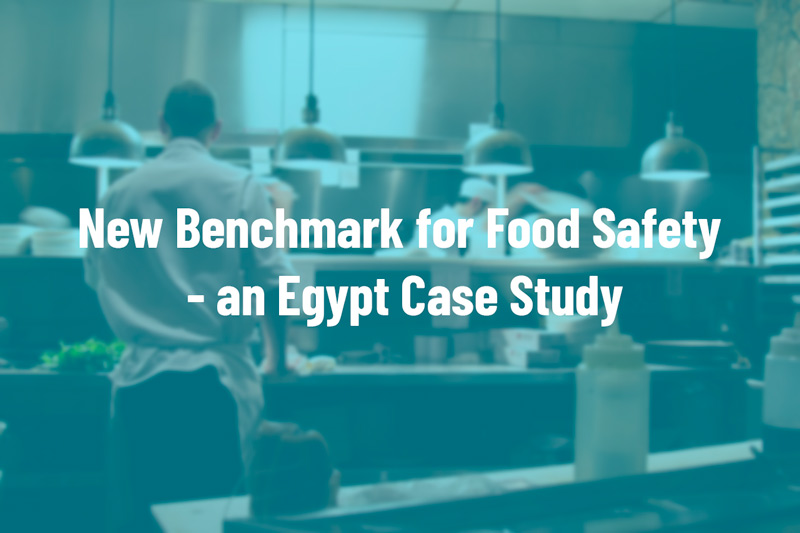
We are proud to share the results of a recent microbiological analysis conducted at the Fanchy restaurant and its central kitchen facility in Egypt. This on-site demonstration clearly illustrates the real-world effectiveness of Far-UVC 222 nm technology in maintaining exceptional hygiene standards within critical food preparation environments.
Proven Microbial Control
The evaluation combined environmental swabs from production machinery with independent ISO-standard microbiological analysis performed by TechnoLab, a government-licensed, accredited laboratory in Egypt.
The results speak volumes:
| Test Stage | Microbial Load (CFU/swab) | Result |
|---|---|---|
| Before washing (baseline) | 50 CFU | Detectable bacterial presence |
| After washing with soap & water | 10 CFU | Reduced load, but still present |
| After 4 hours of Far-UVC operation | <10 CFU | Non-detectable (free from microorganisms) |
| After 24 hours of Far-UVC operation | <10 CFU | No regrowth observed |
These findings confirm that Far-UVC technology provides both rapid and sustained microbial reduction in high-risk, high-contact environments. Even under continuous kitchen operation, the system maintained consistently safe conditions.
Continuous, Chemical-Free Protection
In a sector where precision, cleanliness, and compliance are non-negotiable, Far-UVC 222 nm technology is proving to be a game-changing solution. The Fanchy case study reinforces several key points:
- Proven in real-world conditions – not just laboratory trials.
- Effective in high-risk food preparation zones with sustained results.
- Operates without interrupting daily work or requiring extra labor.
- Supports sustainability goals by reducing reliance on chemicals.
As Egypt’s food industry continues to modernize, advanced disinfection methods like Far-UVC can strengthen compliance with international safety standards, protect brand reputation, and ensure consumer trust.
We will depend on Far-UVC Technology: Because in food safety, prevention is always better than correction.
QC Manager – Fanchy Restaurant
Scientific Validation Beyond the Kitchen
The microbial reductions observed in Fanchy’s kitchen are in line with peer-reviewed studies documenting the efficacy of 222 nm Far-UVC light against foodborne pathogens.
A 2020 study by Kim et al. showed that 222 nm Far-UVC could completely inactivate both Listeria monocytogenes and Salmonella Typhimurium in water samples of varying turbidity – even under challenging conditions mimicking real-world food production.
Another study by Kang et al. in 2018 demonstrated that 222 nm light damages not just DNA, but also cell membranes and key enzymes, making it a superior alternative to conventional 254 nm mercury-based UVC in disinfecting both Gram-positive and Gram-negative bacteria.
These findings reinforce the effectiveness of Far-UVC as a non-chemical, broad-spectrum disinfection method suitable for food preparation areas, where traditional methods may fall short.
Expanding the Impact
With the momentum generated by this successful trial, we anticipate broader adoption of Far-UVC technology across the food production, hospitality, and catering sectors. Whether for small kitchens or large-scale industrial operations, this technology offers continuous, chemical-free, and people-safe protection—a critical advantage in today’s competitive food service market.
Products suitable for Industrial Kitchens and Restaurants
Frequently Asked Questions - Food Safety and Far-UVC
-
Is Far-UVC safe to use in food preparation areas?
Yes. Far-UVC (222 nm) light is safe for human exposure within regulatory limits and can be used continuously in occupied environments such as kitchens.
-
What pathogens does Far-UVC eliminate?
It is effective against a broad range of bacteria and viruses, including Salmonella, Listeria monocytogenes, E. coli, and Staphylococcus aureus.
-
Does Far-UVC replace traditional cleaning?
No. Far-UVC complements — not replaces — routine cleaning. It adds a continuous layer of disinfection that works in between manual cleaning cycles.
-
Has it been tested in real kitchens?
Yes. A case study at Fanchy restaurant in Egypt showed complete elimination of bacteria on critical surfaces within 2 hours of Far-UVC operation.
-
Does Far-UVC leave chemical residues?
No. Far-UVC is a non-chemical disinfection method. It leaves no residue, taste, or odor on food or surfaces.
 UV222™
UV222™ UV222 Linear
UV222 Linear UV222 Downlight
UV222 Downlight Vertex 222
Vertex 222.png) UV222 Pendant
UV222 Pendant.png) UV222 Booth
UV222 Booth.png) UV222 Step-On
UV222 Step-On.png) UV222 Cleanroom Downlight
UV222 Cleanroom Downlight UV222 Dual Downlight 60x60
UV222 Dual Downlight 60x60 UV222 Material Airlock
UV222 Material Airlock UV222 Ambulance
UV222 Ambulance UV222 Compact
UV222 Compact UV222 Industrial
UV222 Industrial


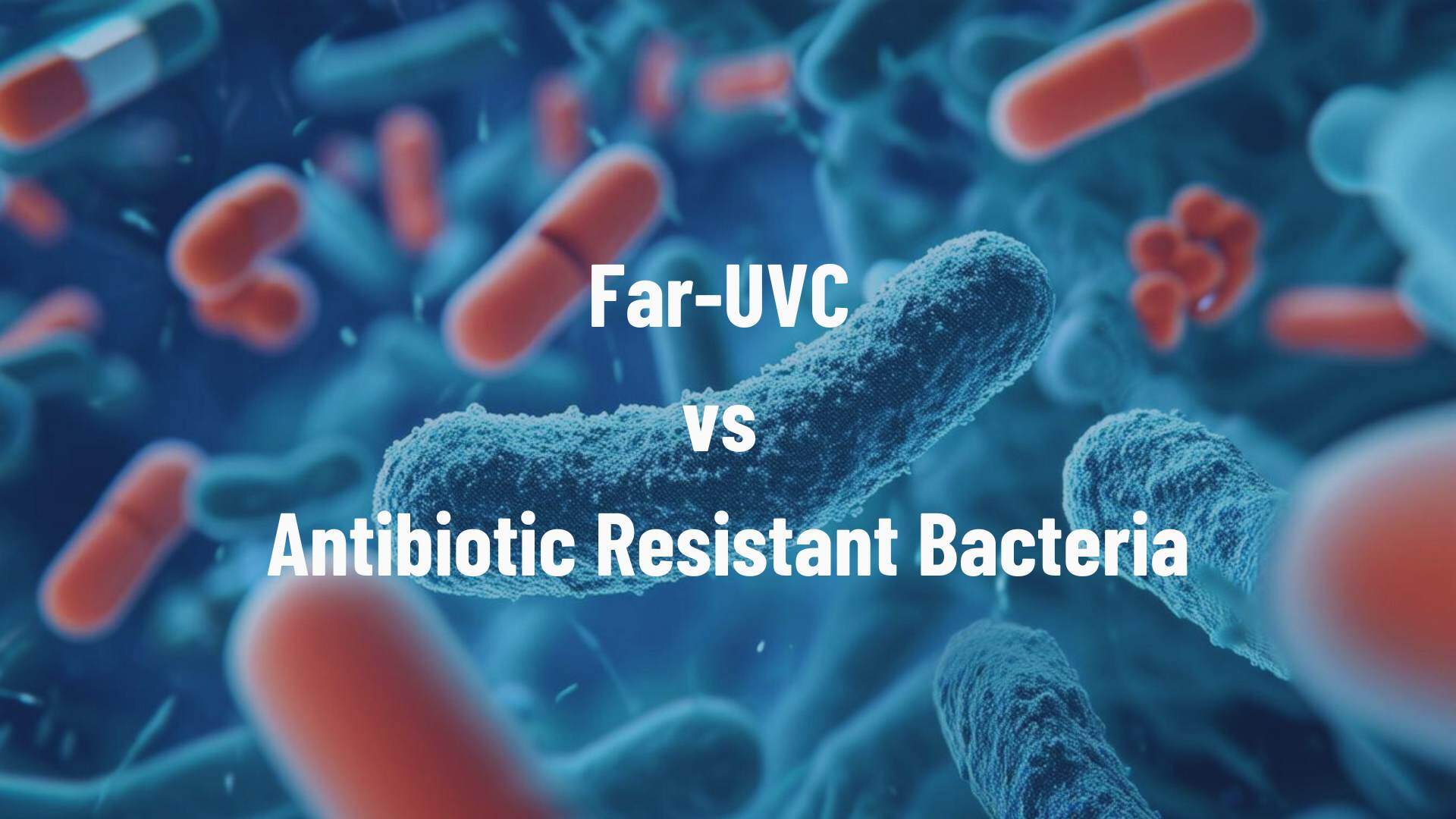
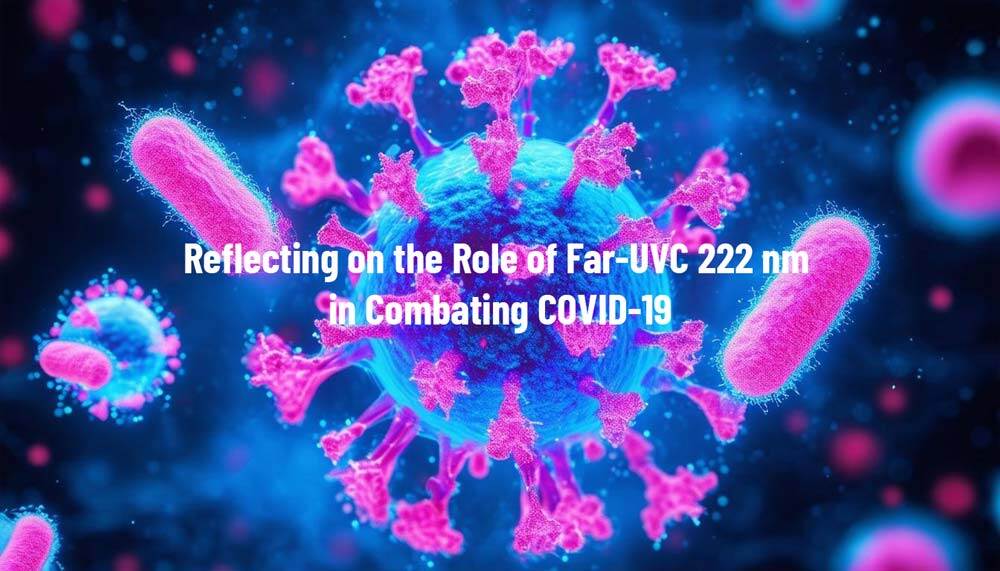
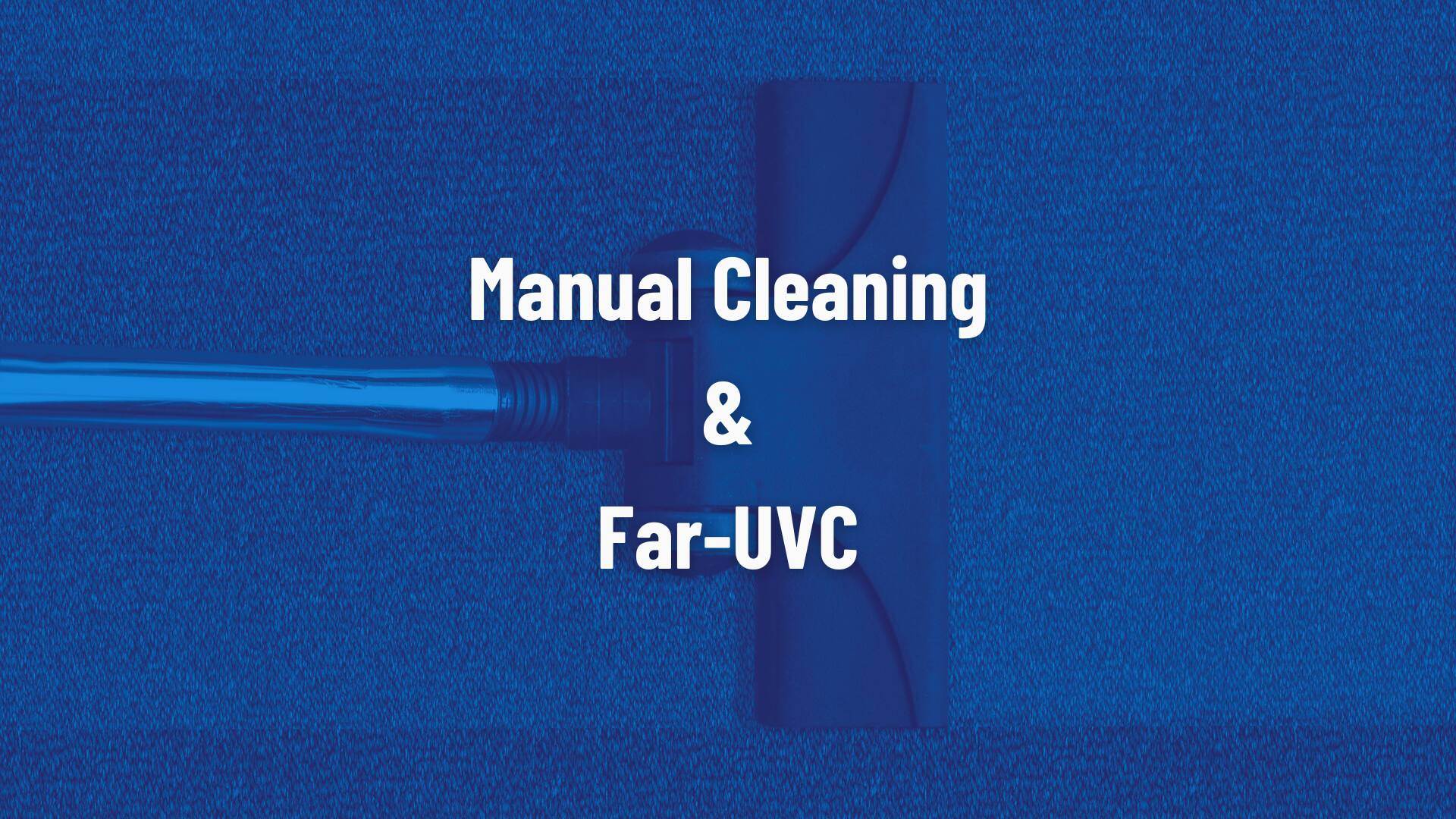
.jpg)
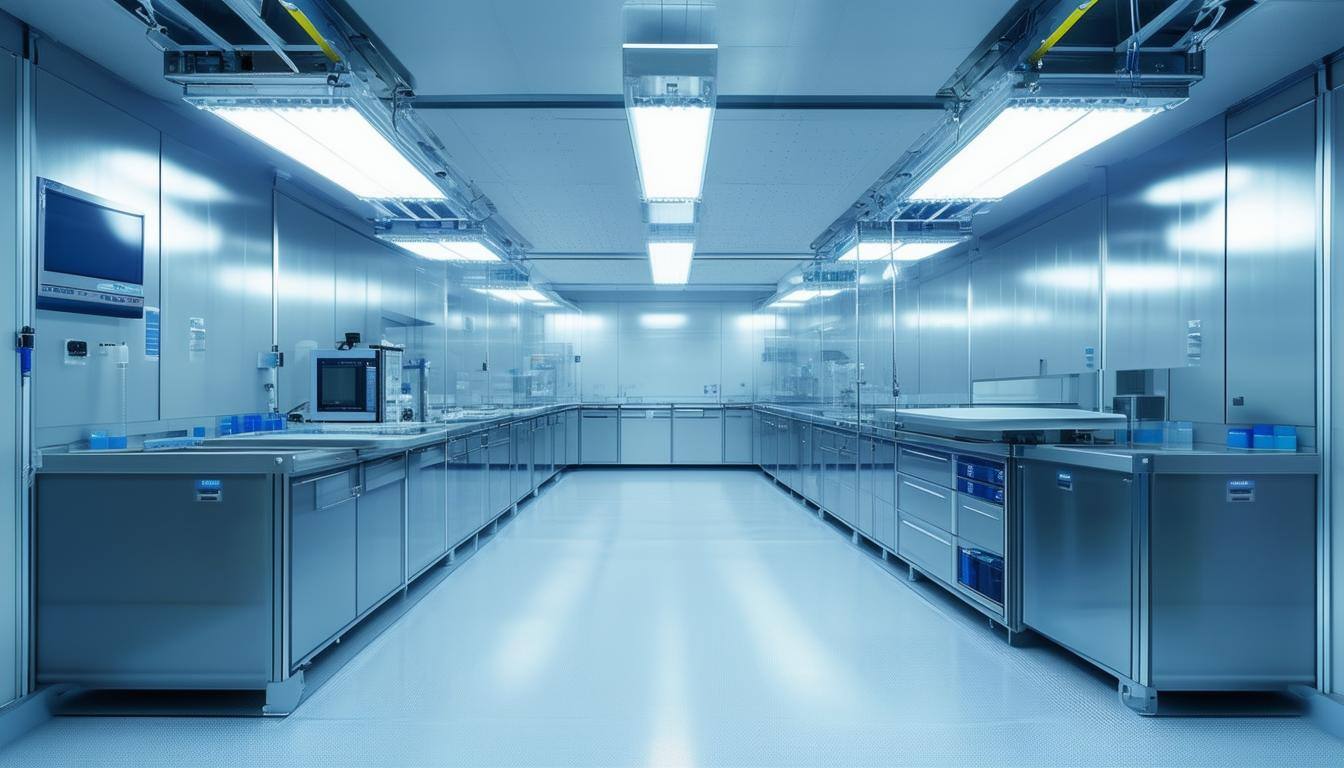
.jpg)
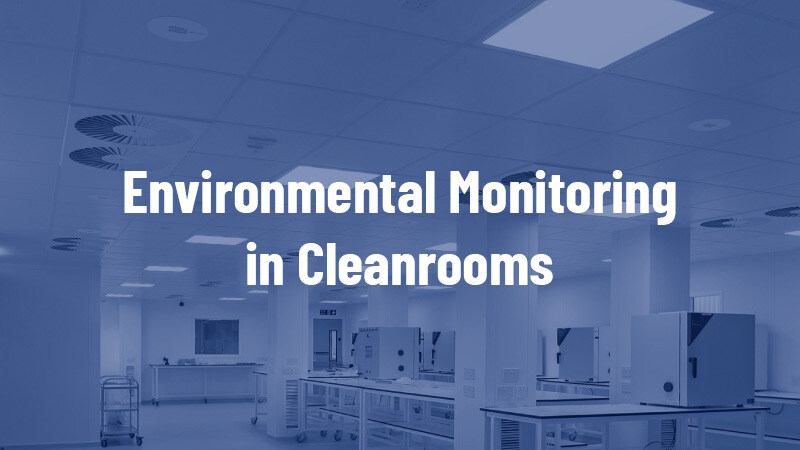
.jpg)

